You are here
The Trident
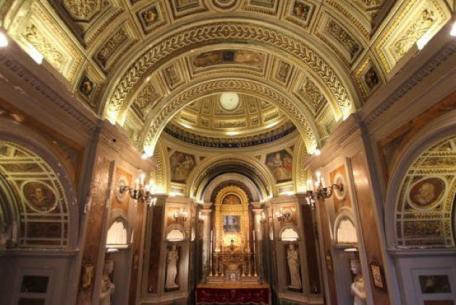
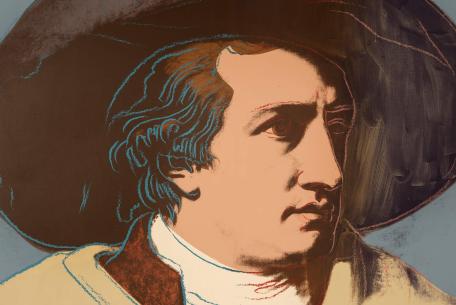
“Indeed, it is fortunate for me that Tischbein has nice quarters where he lives with a few other painters”.
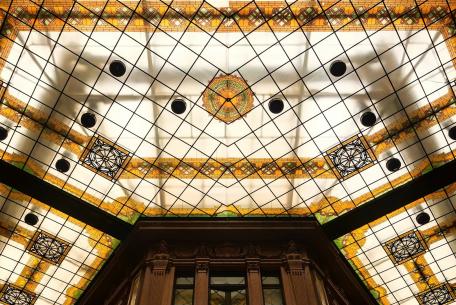
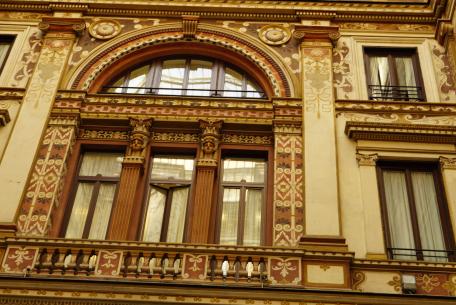
A period of urban transformation and modernization began after the proclamation of Rome as the Capital of Italy.
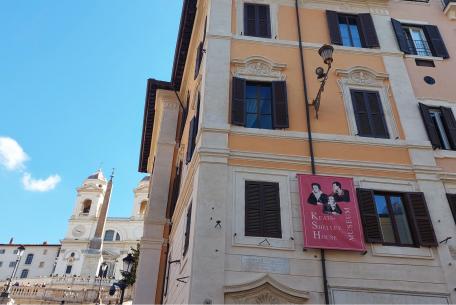
In one of the city’s most iconic and loved places, just besides the Spanish Steps, there is a Britis
[...]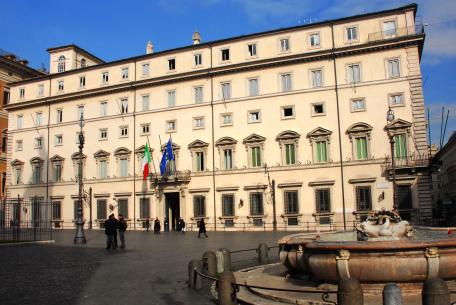
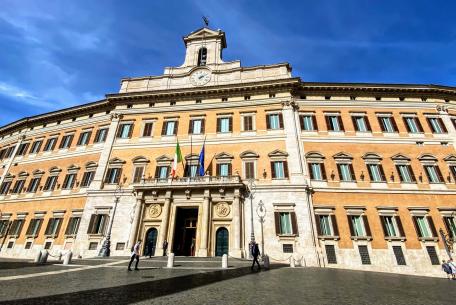
The history of Palazzo di Montecitorio, one of the most symbolic places of Italian politics, begins in 1653, when Pope Innocent X commissioned Gian Lorenzo Bernini
[...]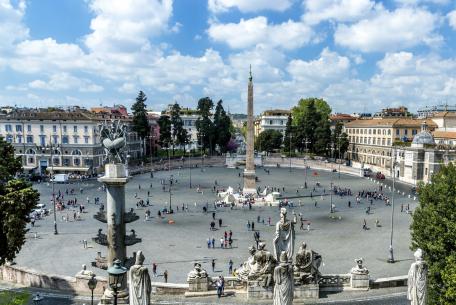
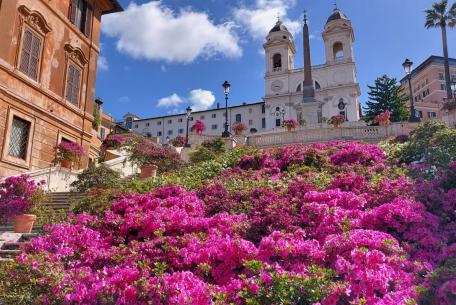
Romantic centre of nineteenth-century Rome, already in the fifteenth century it assumed a very important commercial role due to the presence of many hotels and houses inhabited by foreigners, attra
[...]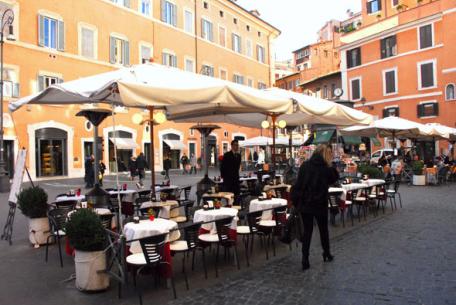
An outdoor lounge and lively meeting place, Piazza San Lorenzo in Lucina is located next to Via del Cors
[...]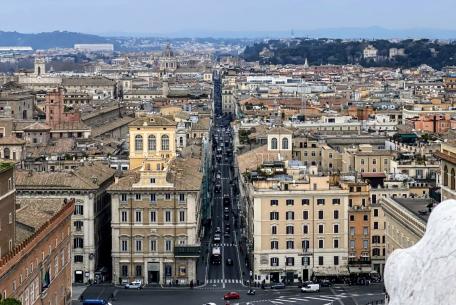
Perhaps the most lively area of the city, known and loved by citizens and tourists who flock there every day of the year, the Trident is the real beating heart of Rome. Here, you can stroll along the central shopping streets of the city to make your purchases and breathe the politics among the impressive buildings of the executive power.
Once occupied by urban gardens and vineyards and by the port area of Ripetta, the "Trident" takes shape between the 15th and 17th centuries following the major urban interventions carried out to connect the Porta del Popolo with the major basilicas: Saint Peter in the Vatican, Saint John Lateran, and Santa Maria Maggiore.
Great architects and artists took part in the work of arranging the Trident. Antonio di Sangallo and Raffaello redeveloped Via di Ripetta and Via del Babuino; the architect Domenico Fontana raised the Flaminio Obelisk on Piazza del Popolo; Pietro and Gian Lorenzo Bernini respectively created the Barcaccia Fountain and the internal and external restoration of the Basilica of Santa Maria del Popolo. The radical transformation of Piazza del Popolo and its suggestive elliptical shape is due to the architect Giuseppe Valadier.
The area takes its name from the trident, a weapon made up of a spear with three prongs. Piazza del Popolo is the base from which the three streets that compose it branch off. On the right is Via di Ripetta, which ends in Via della Scrofa; on the left is Via del Babuino, which ends in Piazza di Spagna; in the center is Via del Corso, which ends in Piazza Venezia.
The Trident has always been considered the most "international" place in the city. In the past, it was frequented by the scions of the European aristocratic families who came to Rome for their Grand Tour, the journey they took to learn to live, and by influential personalities from the world of art, literature, and show business. Among these illustrious personalities, we mention the poets and great friends John Keats and Percy Bysshe Shelly, the famous German writer Johann Wolfgang Goethe, the painter-sculptor Giorgio De Chirico. Located between the Spanish Steps and Via del Corso, their old private homes are today enchanting House-Museums through which you can tiptoe into the world of the artist. Here are carefully preserved the furnishings and paintings they chose to buy, the books they leafed through, the memories of their travels, and their everyday objects.
Today, the Trident is the unmissable stop for shopping lovers, thanks to the luxury and high fashion ateliers, authentic temples of the style representing the most exclusive Italian and international brands concentrated here. Next to the famous Piazza di Spagna, for example, is the historic location of the Valentino showroom, and the heart of luxury also extends to the neighboring streets. Via dei Condotti, full of fascinating boutiques of the most fashionable brands, Via Borgognona, Via della Vite, Via Frattina, Via delle Carrozze, Via Vittoria, are the perfect streets in which to admire the creativity of the artisanal productions and the beauty of the items displayed in the splendid ateliers. From Cavalli to Versace, from Dolce & Gabbana to Armani, from Prada to Ferragamo, from Fendi to Gucci, from the myth of Gattinoni to the classic Chanel, you are spoiled for choice to let yourself be carried away by the elegant creations of famous designers! The most demanding cannot fail to take advantage of the sumptuous proposals of well-known jewelers, including Bulgari, Tiffany & Co., Chopard, Cartier, Damiani, and Pomellato, who, between glamorous shapes and precious stones, create unique details for an unmistakable style.
But the actual pulsating artery of Roman shopping is Via del Corso, where you can really find everything, for all budgets and for all tastes. A two kilometers open-air shopping center from big names or big single-brand stores, such as Zara and H&M, to the cheapest shop. Finally, in the middle of Via del Corso, there is the historic Alberto Sordi Gallery with its refined Art Nouveau architecture. There, you can find selected commercial proposals and a Feltrinelli megastore for lovers of books and music.
If you need to relax and take a pleasant break in between your purchases, you can sit at Babingtons, an ancient tea room founded in 1893 on Piazza di Spagna right next to the 18th-century Spanish Steps. Or, you can choose one of the charming cafes between Piazza del Popolo and Via del Babuino.











































